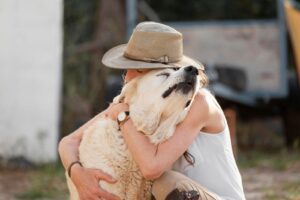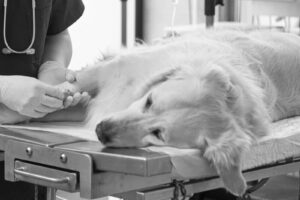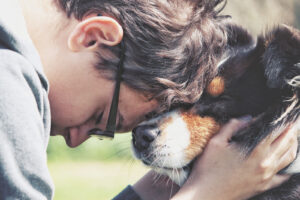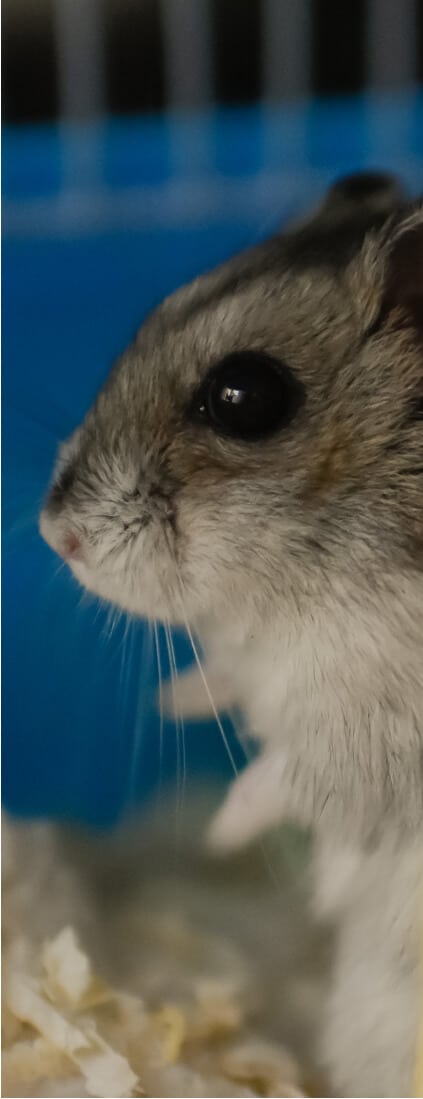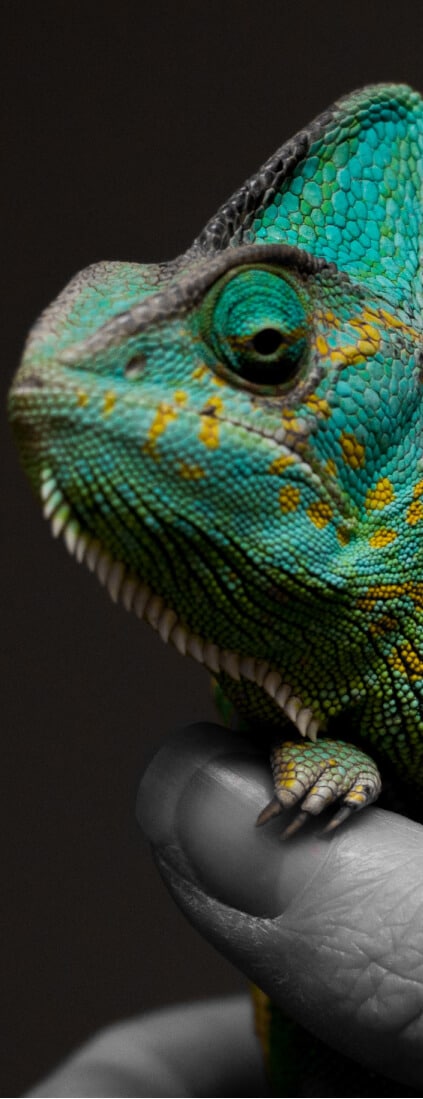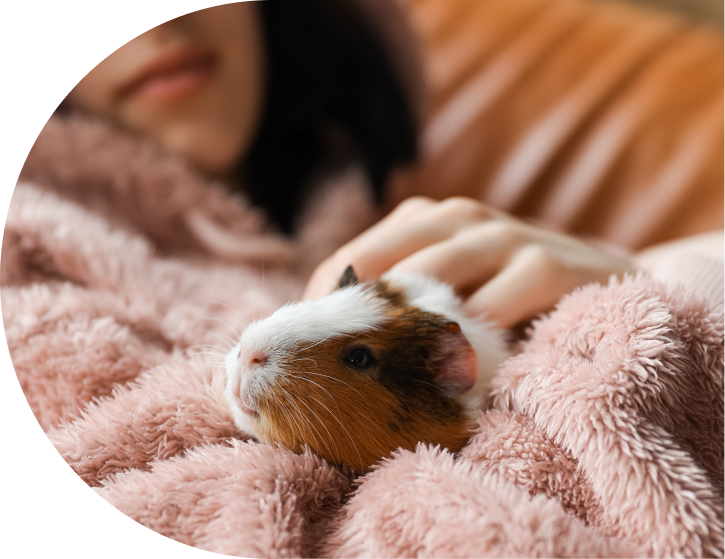Laryngeal paralysis in dogs affects the airway and can cause serious respiratory distress, but it’s often treatable with surgery, especially if caught early and your dog is otherwise healthy.
However, in many senior dogs, Lar Par is just one part of a bigger issue called GOLPP. GOLPP stands for Geriatric Onset Laryngeal Paralysis and Polyneuropathy, a progressive nerve disease that also affects mobility and the esophagus. While surgery may improve respiration, GOLPP has no cure and may eventually adversely affect the dog’s quality of life.
What Laryngeal Paralysis Looks Like
Laryngeal paralysis (sometimes called Lar Par or LP) happens when the nerves that control the muscles of the larynx (voice box) stop working properly. When those muscles weaken, the cartilage can’t open like it should. This restricts the airway and impedes breathing.
In most cases, Lar Par begins on one side (unilateral paralysis) and progresses slowly. It’s a common condition in older large-breed dogs like Labradors, Golden Retrievers, and Huskies.
When only one side is affected, many dogs show no signs at all, especially if they’re not especially active. But when both sides of the larynx are affected (bilateral paralysis) the symptoms become hard to ignore.
Owners often describe their dog as:
- Panting even without exercise
- Breathing noisily or hoarsely
- Slowing down on walks
- Gagging or coughing when drinking
- Seeming more anxious, especially at night
Heat, stress, and excitement can make symptoms worse. And because Lar Par often appears in older dogs, it’s easy to assume it’s just age or arthritis, which may result in delaying treatment.But Lar Par isn’t just “getting old”—and the good news is, it’s often treatable.
How Surgery Can Help Laryngeal Paralysis
If your dog is in otherwise good health, a procedure called tie-back surgery (unilateral arytenoid lateralization) can significantly improve breathing. It involves permanently pulling back one side of the larynx to keep the airway open.
Most dogs who undergo successful surgery breathe more easily and regain much of their comfort. They can walk, play, eat, and rest without the constant struggle for air.
Recovery usually involves soft foods, rest, and monitoring to prevent aspiration (when food or water accidentally enters the lungs). But for many families and their dog, the results feel nothing short of life-changing.
When It’s More Than Lar Par: Understanding GOLPP
In about 70% of senior dogs (8+ years old) with Lar Par, the condition is part of a broader neurological issue called Geriatric Onset Laryngeal Paralysis Polyneuropathy (GOLPP).
Unfortunately, GOLPP is incurable.
GOLPP affects not just the voice box but the nerves controlling movement and swallowing. Over time, you may see:
- Hind-leg weakness or wobbliness
- Trouble standing, walking, or using stairs
- A fading or changing bark
- Regurgitation, or coughing after eating (a sign the esophagus isn’t moving food properly)
- Signs of aspiration pneumonia
While tie-back surgery may still help dogs with GOLPP and LP breathe more comfortably, it won’t slow the underlying nerve degeneration. There is no cure for GOLPP, and symptoms tend to worsen gradually, adversely affecting quality of life.
When Euthanasia May Be the Kindest Choice
No one wants to think about letting go, but it’s important to understand when LP or GOLPP may lead to suffering that can’t be managed. Euthanasia may be a compassionate option when:
- Surgery isn’t an option due to other health concerns
- Your dog is in constant respiratory distress, panic, or exhaustion
- GOLPP has progressed to the point where your dog can’t stand, walk, or eat without distress
- Despite all your efforts, your dog seems frightened, confused, or withdrawn
Many dogs with LP live comfortably with surgery or mild support. But if your dog can no longer enjoy their daily routines or seems frightened by their own body’s decline, it may be time to talk about a peaceful goodbye.
What You Can Do Right Now
- If you’ve noticed breathing changes or new anxiety, see your vet for a physical exam and possible diagnostics.
- Track your dog’s energy levels, breathing, appetite, and movement. This helps your DVM understand what’s happening over time.
- Ask about surgery: Not every dog is a candidate, but if LP is the primary issue, tie-back surgery could offer a great improvement.
- Talk with your vet about what to expect if your dog does have GOLPP, and how you’ll know when quality of life is fading.
You Know Your Dog Better Than Anyone
Laryngeal paralysis and GOLPP can be overwhelming, but they don’t take away what matters most: your dog’s trust in you, and your deep love for them.
Whether you’re pursuing treatment, making lifestyle changes, or gently preparing for goodbye, your presence means everything.
Your dog doesn’t need perfect answers. They just need you.
Related Support
Facing LP and/or GOLPP can leave you with a lot of questions and no clear timeline. If you’re unsure what to do next, these resources may help you find clarity and comfort:
- How Do I Tell My Vet I Want to Euthanize My Pet? Tips for starting that difficult but important conversation with your DVM, especially when you’re feeling uncertain or emotional.
- How Long Is Normal to Grieve a Pet? Grief looks different for everyone. This guide explains why your timeline, whether fast, slow, or somewhere in between, is different.
- How to Tell a Child a Pet Has Died Gentle, honest language to help children process the loss of a beloved companion in an age-appropriate way.
If you’re in the Portland, Oregon area, Compassionate Care offers 24/7 in-home pet euthanasia, so your dog can stay in a familiar place, next to you. When you’re ready to talk, we’re here to support you every step of the way.




